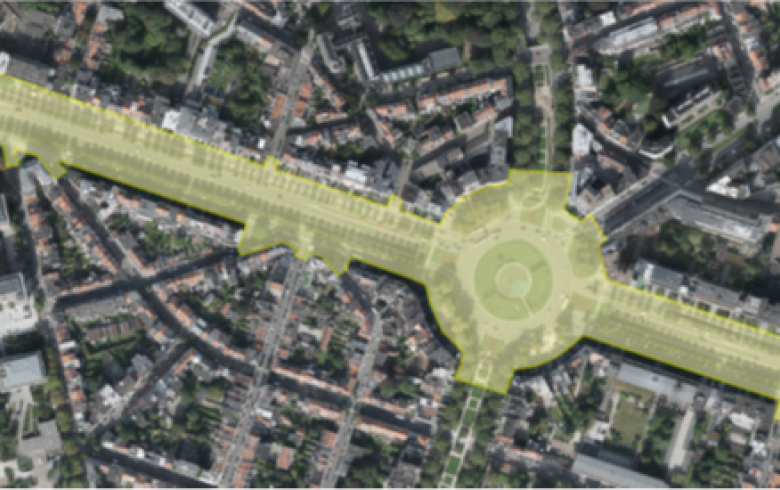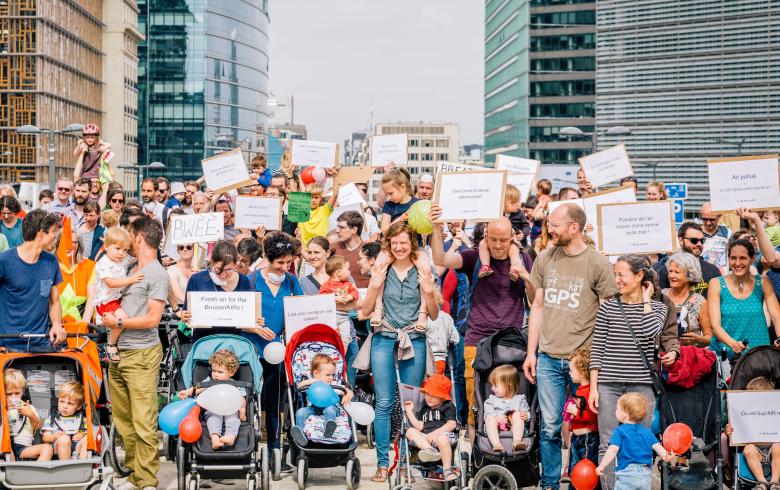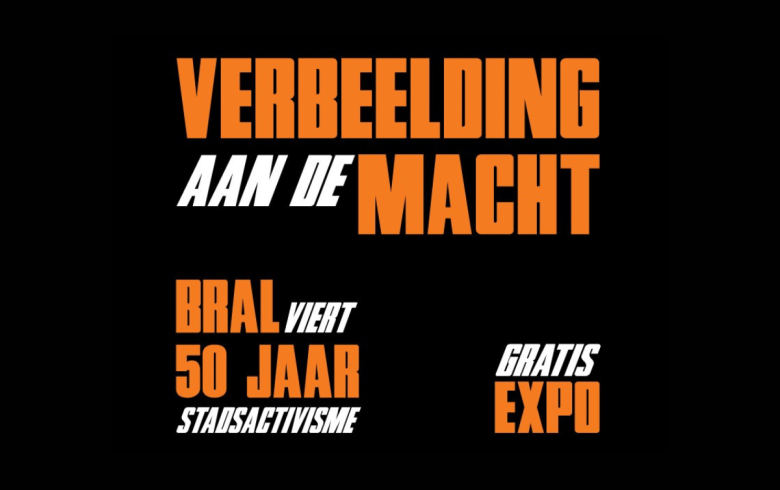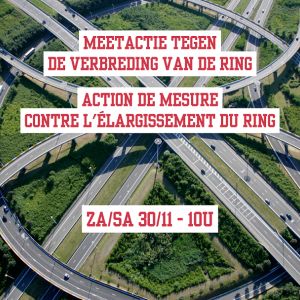
"Save the Euro, Go Carfree Brussels"
Governments across the Euro-zone are struggling with expenditures that exceed revenues. No one really knows what to do except to hope that the consumer economy will begin laying golden eggs again. Maybe. At the moment, governments see large cuts in social programs as the only way to balance the budget. Suppose, however, we wanted to balance the budget without cutting social expenditures. Suppose we also decided to save the planet at the same time. What would we do?
It is claimed that the high taxes levied on motor fuels and new cars in Europe pay the costs that drivers impose on national treasuries. In the strictest sense, this may be correct. However, in the broader analysis, drivers pay nowhere near the full costs they impose on society. Assume for the moment that taxes on drivers pay for the cost of the roads they use. This, however, omits the following significant costs (not all of which can be expressed in money):
-
Lost years of life (often of pedestrians and cyclists)
-
Lost productivity due to injuries
-
Pain, suffering, and permanent disability from injuries
-
Direct medical costs from injuries
-
Indirect health costs (effects of air pollution and noise)
-
Noise (depressed land values, low quality of life)
-
Water pollution from leaking fluids
-
Increased flooding due to impervious paving
-
Land costs for excessive street width and parking
-
Lost tax revenues due to non-productive land use
-
Increased cost of bus service due to automobile-related congestion
-
Increased per-passenger public transport costs due to lower demand
-
Increased costs of serving residents of low-density suburbs
-
Additional police, fire, and ambulance service
-
Costs associated with climate change
-
Blight of urban areas by automobile infrastructure
-
Distortion of national priorities by the need for oil
On the national level, consider the loss of foreign exchange due to petroleum purchases, often from unfriendly nations. Add to this the net of automobile imports and exports.
More cars, less street space
Accommodating the automobile in our cities distorts their form. Until 1900, technological changes affecting transport had the effect of increasing the number of people who could live on a given area of land. This increased the productivity of cities by allowing more people to live in an area small enough that all of the city's resources were available to local enterprises (commercial, social, and artistic). This benefitted the city in particular and the region in general.
The advent of the private automobile changed the priorities of urban planning, and suddenly cities seemed to need far more street space than previously. In many cities, this led to the demolition of large downtown areas to permit the construction of highways into the city. In general, the cities that made the fewest accommodations for the automobile have prospered to a greater extent than those that embraced the private car.
So, what would we gain by making our cities carfree? It is, of course, true that some costs would increase somewhat, but the net effect should be a large reduction in the real costs of operating our cities. At the same time, a huge improvement in the quality of life is obtained. This is a win-win prescription for both nations in financial trouble and for the residents of cities.
Carfree Brussels
What would such a change look like in Brussels? The area inside the Pentagon (Vijfhoek) is a perfect candidate for an early carfree conversion. This area is quite densely populated and a decent public transport system already exists. If the cars were removed, there would be ample room for trams, buses, bicyclists, and pedestrians, with room left over for productive activities (including social and recreational). The change could not be accomplished over night, but the following sequence would cause an rapid decline in car usage inside the Pentagon:
-
Raise parking fees by a large amount each year
-
Charge all vehicles to enter the area (as is done in London)
-
Begin to charge for all vehicles parked in the area (even in private garages)
-
Steadily eliminate on-street parking and devote the land to better uses
-
Increase the frequency of public transport so that it is always convenient to use
-
Replace the busiest bus routes with tram lines
-
Improve bicycle infrastructure
-
Make the pedestrian king!
Want to enter the Vijfhoek?
The matter of freight delivery is more difficult to solve, and it is likely that, at least initially, conventional truck deliveries would continue. However, the per-vehicle fee for entering the Pentagon would discourage unnecessary truck trips and encourage load consolidation, as is already practiced in some European cities such as Groningen. In the long term, a shift to freight delivery using the tram network is possible and could nearly eliminate vehicular traffic in the Pentagon.
It can be argued that perhaps the Euro should not be saved, but national budgets will remain in crisis even if the Euro is abandoned. The use of cars to provide personal transport imposes costs on society that simply cannot continue. Saving our economies will be difficult unless private car usage is abandoned within our cities. Saving the environment will be even more difficult if we remain slaves to our cars. The change to carfree areas will also improve social conditions, aesthetics, and the quality of our lives. It is the only solution we can afford. Fortunately, it also gives us the greatest increase in the quality of life of any alternative. When do we start?
Joel Crawford
Joel Crawford is een Amerikaanse schrijver, publicist, gastdocent, grondlegger van het concept 'autovrije steden' en auteur van de boekenreeks Carfree Cities, Carfree Design Manual, de nieuwsbrief Carfree Times, ... Zijn website Carfree.com is een wereldwijde referentie inzake publieke ruimte, mobiliteit en stadsplanning. Deze bijdrage werd speciaal voor Alert geschreven.



